Queensland researchers train artificial intelligence to trawl recordings and help confirm presence of elusive eastern bristlebird.


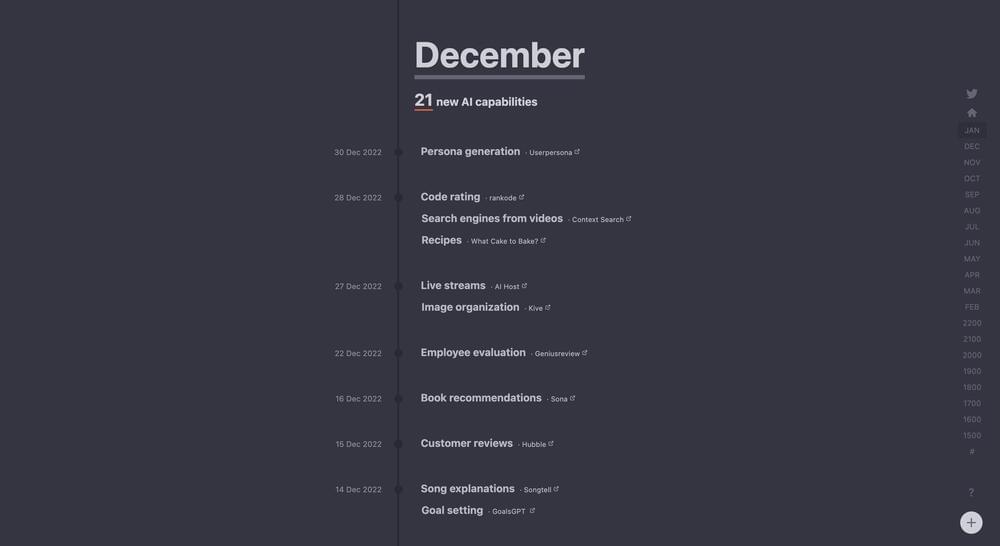
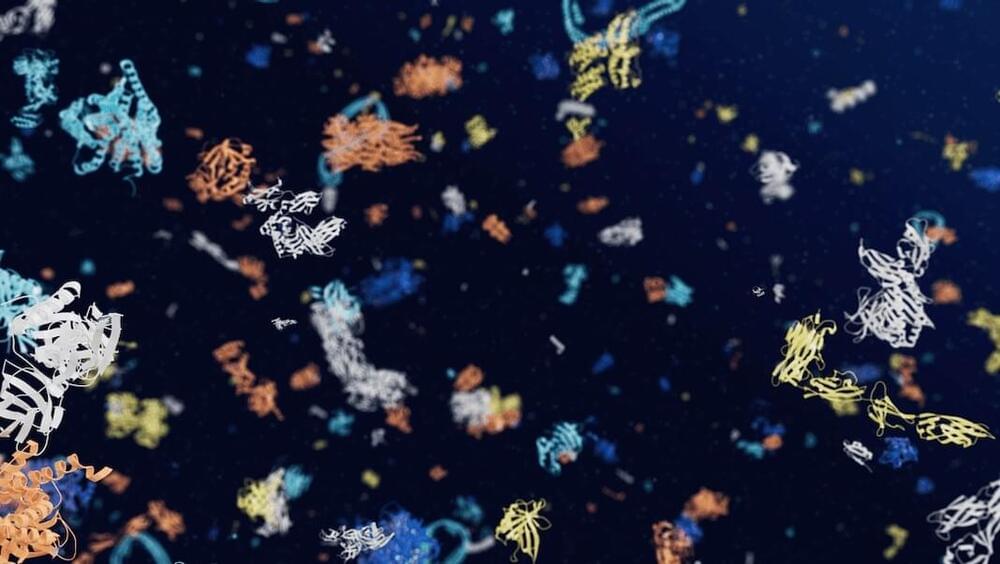
This shapeshifting controls the biological processes of living things—for example, opening the protein tunnels dotted along neurons or driving cancerous growth. But it also makes understanding protein behavior and developing drugs that interact with proteins a challenge.
While recent AI breakthroughs in the prediction (and even generation) of protein structures are a huge advance 50 years in the making, they still only offer snapshots of proteins. To capture whole biological processes—and identify which lead to diseases—we need predictions of protein structures in multiple “poses” and, more importantly, how each of these poses changes a cell’s inner functions. And if we’re to rely on AI to solve the challenge, we need more data.
Thanks to a new protein atlas published this month in Nature, we now have a great start.
We’ve all seen Cyborgs in Hollywood blockbusters. But it turns out these fictional beings aren’t so far-fetched. In fact, this program features a true-to-life cyborg, who at four months of age, was the youngest American to be outfitted with a myoelectric hand. And at one ground-breaking engineering.
facility, engineers are developing biotechnologies that can even further enhance high-tech like this by giving mechanical prosthetics something incredible: the physical sensation of touch!
SUBSCRIBE for more amazing stories, including free FULL documentaries. At Java Films we have an incredible library of award-winning documentaries: from world-leading investigations to true crime and history, we have something for everyone!
Click the SUBSCRIBE button and make sure to set NOTIFICATIONS to stay updated with all new content!
Sign up to the Java Films Clubs for exclusive deals and discounts for amazing documentaries — find out first about FREE FULL docs: http://eepurl.com/hhNC69
Head to https://www.watchjavafilms.tv/ to check out our catalogue of documentaries available on Demand.
You can also find our docs on :
Amazon Prime Video: https://www.amazon.com/v/javafilms?tag=lifeboatfound-20.
Vimeo On Demand: https://vimeo.com/javafilms/vod_pages.
Like us on Facebook: https://www.facebook.com/JavaFilms/
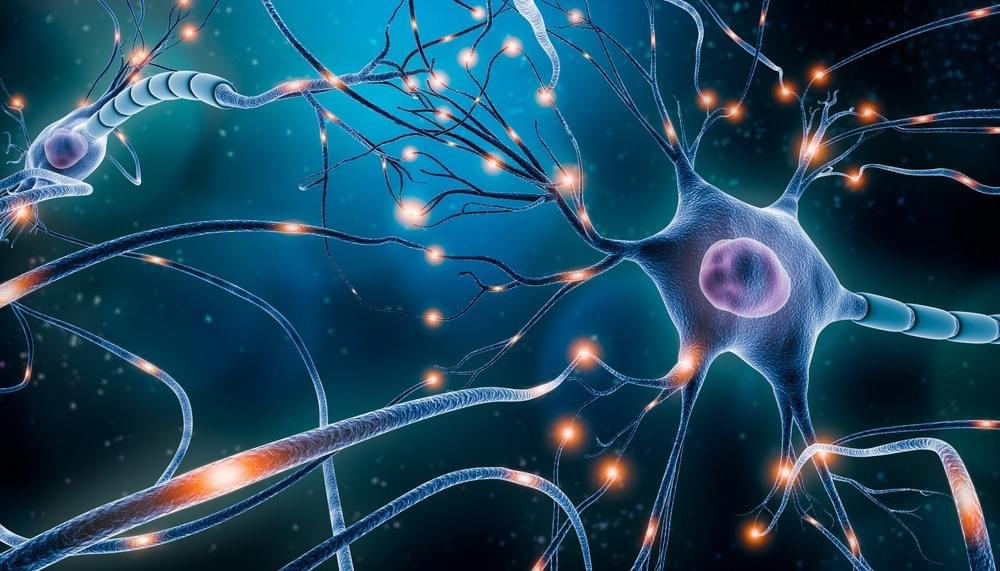
In a recent article published in Nature Materials, researchers reported a conductance-based organic electrochemical neuron (c-OECN) that mimicked biological signaling in neurons, especially activation/inactivation of their sodium and potassium channels.
Compilation of the top interviews, articles, and news in the last year.
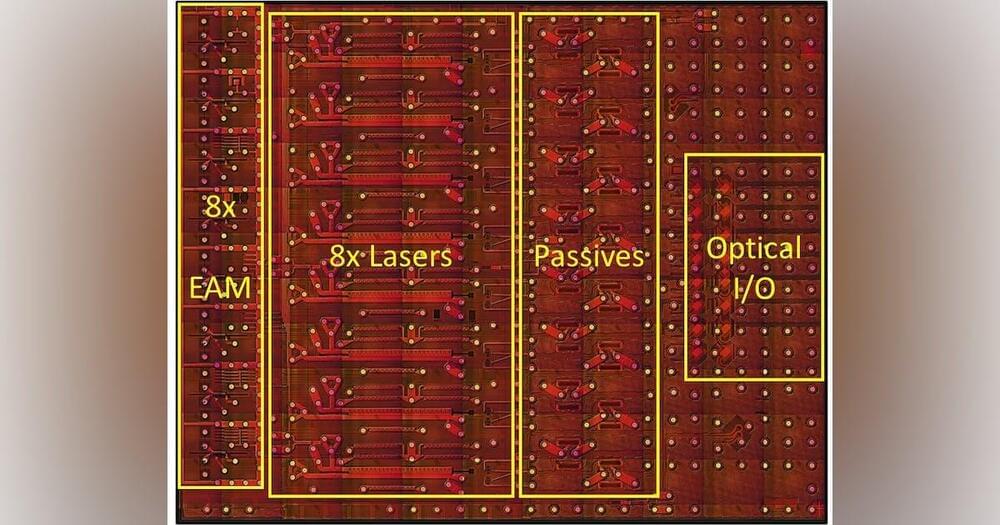
During the past several decades, silicon has undeniably been the crown jewel of the semiconductor industry’s transformation. But with the plateauing of Moore’s Law, the increasing complexity of circuits, and the explosive growth of data-intensive applications, companies need even more innovative ways to compute, store, and move data faster. As a result, scale, speed, and power have become underlying forces to handle both advanced intelligence and computing needs.
Silicon photonics has already earned a stronghold for its impressive performance, power efficiency, and reliability compared to conventional electronic integrated circuits. Overall speed requirements have become fast enough, benefiting the technology’s strengths to transfer data efficiently over ever-shortening distances. Meanwhile, artificial intelligence (AI) is pushing computing to a point where electronic components need to communicate over distances to combine and integrate multiple XPUs (application-specific processing units).
Annaka Harris is the author of Conscious: A Brief Guide to the Fundamental Mystery of the Mind. Please support this podcast by checking out our sponsors:
- Wealthfront: https://wealthfront.com/lex to get $50 sign-up bonus.
- BetterHelp: https://betterhelp.com/lex to get 10% off.
- Blinkist: https://blinkist.com/lex to get 25% off premium.
- Onnit: https://lexfridman.com/onnit to get up to 10% off.
- Indeed: https://indeed.com/lex to get $75 credit.
EPISODE LINKS:
Annaka’s Twitter: http://twitter.com/annakaharris.
Annaka’s Website: http://annakaharris.com.
Annaka’s Facebook: http://facebook.com/annakaharrisprojects.
Annaka’s Books:
1. Conscious: https://amzn.to/3SFLLPE
2. I Wonder: https://amzn.to/3UPQTTm.
Annaka’s Articles:
1. What Is Time?: http://nautil.us/what-is-time-238478
2. A Solution to the Combination Problem: http://annakaharris.com/the-future-of-panpsychism.
3. Consciousness Isn’t Self-Centered: http://nautil.us/consciousness-isnt-self_centered-237720
Books:
1. The Case Against Reality: https://amzn.to/3MhW4Wt.
2. Being You: https://amzn.to/3RsxdBQ
3. Livewired: https://amzn.to/3Cn9BKS
4. Spooky Action at a Distance: https://amzn.to/3y27N7a.
5. The Order of Time: https://amzn.to/3Stqn0u.
PODCAST INFO:
Podcast website: https://lexfridman.com/podcast.
Apple Podcasts: https://apple.co/2lwqZIr.
Spotify: https://spoti.fi/2nEwCF8
RSS: https://lexfridman.com/feed/podcast/
Full episodes playlist: https://www.youtube.com/playlist?list=PLrAXtmErZgOdP_8GztsuKi9nrraNbKKp4
Clips playlist: https://www.youtube.com/playlist?list=PLrAXtmErZgOeciFP3CBCIEElOJeitOr41
OUTLINE:
0:00 — Introduction.
0:53 — Free will.
54:10 — Consciousness.
1:24:42 — Depression.
1:37:59 — Psychedelics.
1:45:58 — Meditation.
1:50:22 — Ideas.
2:14:08 — AI sentience.
2:31:30 — Suffering.
2:34:26 — Meaning of life.
SOCIAL:
- Twitter: https://twitter.com/lexfridman.
- LinkedIn: https://www.linkedin.com/in/lexfridman.
- Facebook: https://www.facebook.com/lexfridman.
- Instagram: https://www.instagram.com/lexfridman.
- Medium: https://medium.com/@lexfridman.
- Reddit: https://reddit.com/r/lexfridman.
- Support on Patreon: https://www.patreon.com/lexfridman
Artificial neural networks that are inspired by natural nerve circuits in the human body give primates faster, more accurate control of brain-controlled prosthetic hands and fingers, researchers at the University of Michigan have shown. The finding could lead to more natural control over advanced prostheses for those dealing with the loss of a limb or paralysis.
The team of engineers and doctors found that a feed-forward neural network improved peak finger velocity by 45% during control of robotic fingers when compared to traditional algorithms not using neural networks. This overturned an assumption that more complex neural networks, like those used in other fields of machine learning, would be needed to achieve this level of performance improvement.
“This feed-forward network represents an older, simpler architecture—with information moving only in one direction, from input to output,” said Cindy Chestek, Ph.D., an associate professor of biomedical engineering at U-M and corresponding author of the paper in Nature Communications.
Imagine you’re driving your Tesla, or an equivalent electric car, down the highway. Your battery is running low. Sure, you could pull off at the next exit and spend time, and energy, searching for a recharging station. Or you could simply change lanes and drive over special charging strips embedded in the road.
That’s the vision of Khurram Afridi, associate professor of electrical and computer engineering in the College of Engineering. He’s pioneering an innovative approach for the wireless charging of electric vehicles, autonomous forklifts and other mobile machines, while they remain in motion.
Cornell researchers are pioneering an innovative approach for the wireless charging of electric vehicles and other machines while they remain in motion.
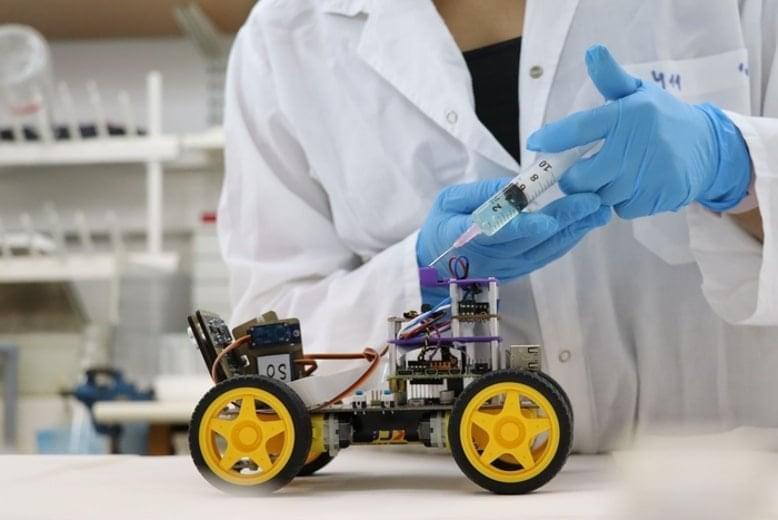
Summary: A new biological sensor sends electrical information in response to the presence of an odor which the robot is able to detect and interpret.
Source: Tel Aviv University.
A new technological development by Tel Aviv University has made it possible for a robot to smell using a biological sensor. The sensor sends electrical signals as a response to the presence of a nearby odor, which the robot can detect and interpret.